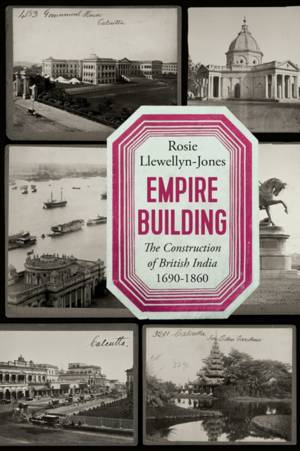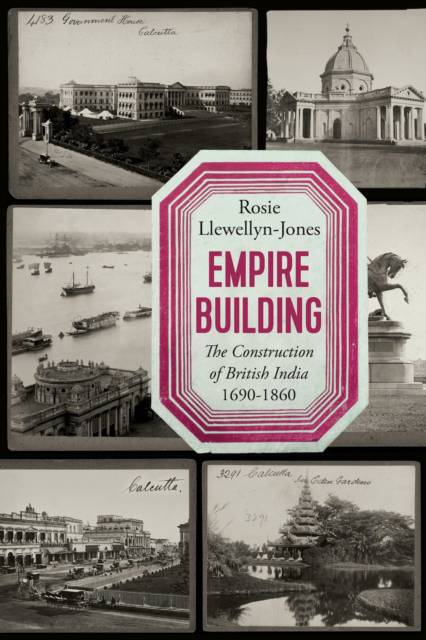
- Retrait gratuit dans votre magasin Club
- 7.000.000 titres dans notre catalogue
- Payer en toute sécurité
- Toujours un magasin près de chez vous
- Retrait gratuit dans votre magasin Club
- 7.000.000 titres dans notre catalogue
- Payer en toute sécurité
- Toujours un magasin près de chez vous
Empire Building
The Construction of British India 1690-1860
Rosie Llewellyn-Jones
Livre relié | Anglais
41,95 €
+ 83 points
Description
Empire Building is a new account of the East India Company's impact on India, focusing on how it changed the sub-continent's built environment in the context of defense, urbanization, and infrastructural development. Rosie Llewellyn-Jones examines these initiatives through a lens of 'political building' (using Indian contractors and laborers). Railways, docks, municipal buildings, freemasons' lodges, hotels, race-courses, barracks, cemeteries, statues, canals-everything the British erected made a political statement, even if unconsciously; hence this book is concerned less with architectural styles, more with subtle infiltration into the minds of those who saw and used these structures. It assesses, in turn, Indian responses to the changing landscape. Indians often reacted favorably to new manufacturing technologies from Britain, like minting and gunpowder, while the British learnt from and adapted local methods. From military engineers and cartography to imported raw metals and steam power, Llewellyn-Jones considers the social and environmental changes wrought by colonialism. This period was marked by a shift from formerly private, Indian-controlled functions, like education, entertainment, trading and healing, to British public institutions like universities, theatres, chambers of commerce and hospitals. Stepping aside from ongoing colonialism debates, this is a fascinating account of India's physical transformation during the Company period.
Spécifications
Parties prenantes
- Auteur(s) :
- Editeur:
Contenu
- Nombre de pages :
- 352
- Langue:
- Anglais
Caractéristiques
- EAN:
- 9781787388048
- Date de parution :
- 15-04-23
- Format:
- Livre relié
- Format numérique:
- Genaaid
- Dimensions :
- 167 mm x 241 mm
- Poids :
- 557 g







